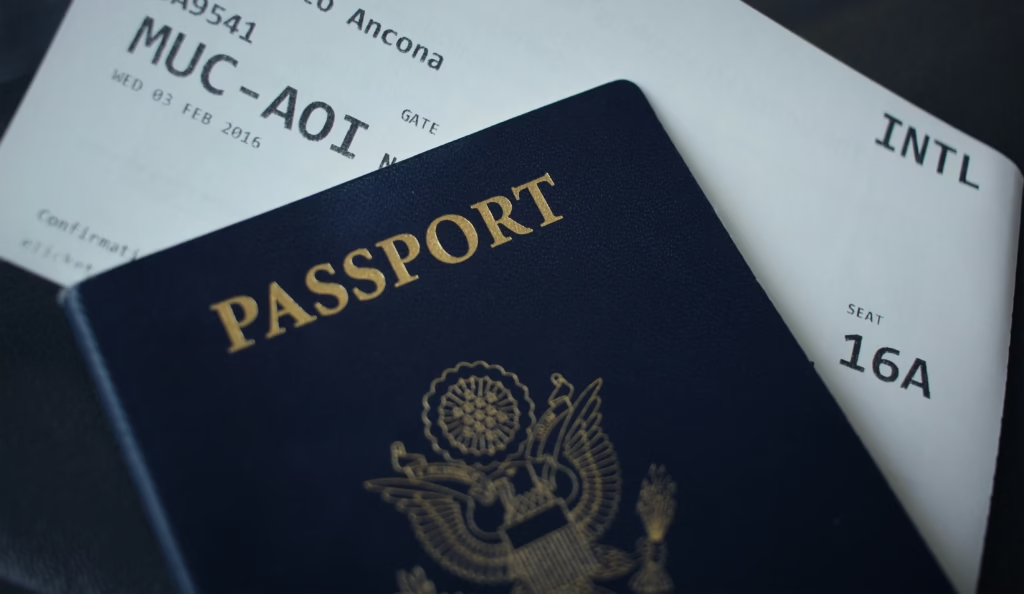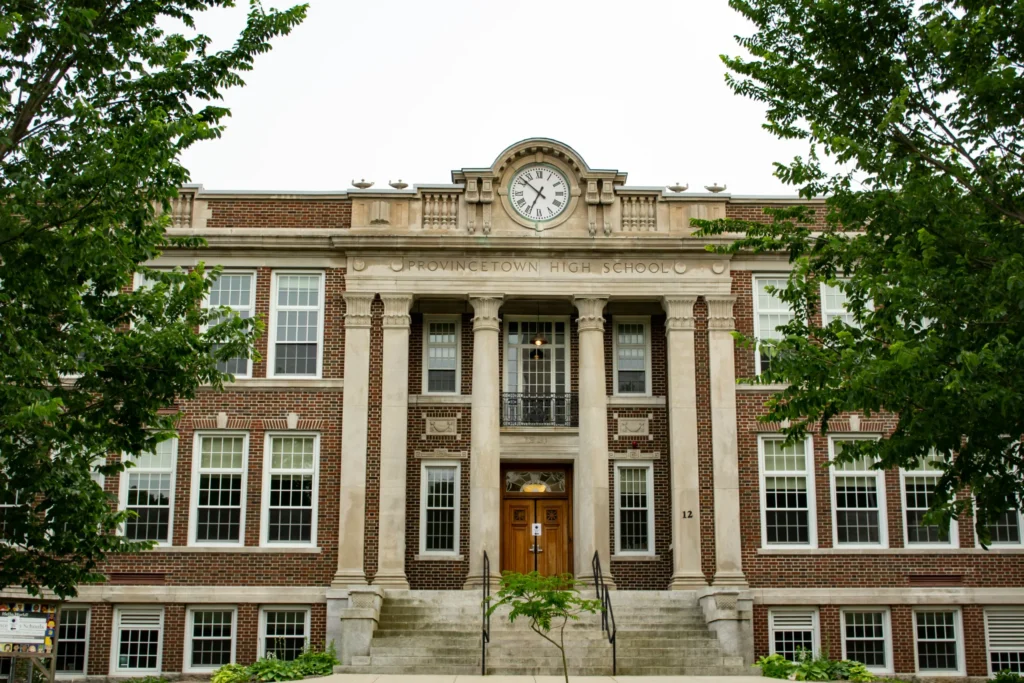When I took my first international trip, I confused passport and visa — and I’m not embarrassed to admit it. They sound similar, but they do very different jobs.
Over the years I’ve applied for passports, student visas, and even helped friends through work visa applications. So here’s a simple, no-jargon guide written like I’m explaining it to a friend over coffee.
🛂 Passport — Your Global ID
A passport is your country’s official document that proves who you are and where you belong.
For me, my Indian passport allowed me to leave India and come back. It’s the ID governments respect worldwide.
Quick Points from My Experience:
- Issued by your home country (e.g., Government of India).
- Shows your name, photo, date of birth, nationality.
- Valid generally for 5–10 years, depending on age and type.
- Think of it like your national ID for international travel.
🛃 Visa — Permission from the Country You Want to Visit
A visa is different: it’s a permission slip from the country you want to enter.
When I applied for a US visa, I realized this clearly — my passport was my identity, but the visa was my permission to enter and work (or study).
Quick Points:
- Issued by the destination country (US, UK, Canada, etc.).
- Defines how long you can stay and what you can do (tourism, study, work).
- Can be a sticker/stamp inside the passport or an electronic approval.
A Simple Table I Use to Explain
| Feature | Passport | Visa |
|---|---|---|
| Issued By | Your country | Country you’re visiting |
| Purpose | Proof of identity & nationality | Permission to enter/stay/work |
| Validity | 5–10 years | Depends on purpose & type |
| Example | Indian Passport | US Tourist Visa, H-1B Visa |
Types of Visas (From My Own Experience & Friends’ Stories)
Here are common visa types — with personal notes:
- Tourist Visa (holidays 🏖️)
- I used this for vacations. Short stay, simple paperwork.
- Business Visa (meetings 💼)
- Great for short trips without taking a job — I used this for client visits.
- Student Visa (study abroad 🎓)
- A friend used this for a Master’s in the US. Requires admission letter + proof of funds.
- Work Visa (employment 👨💻)
- Example: H-1B (US), Skilled Worker (UK), Work Permit (Canada).
- More complex; I once helped my cousin — it took months of document prep.
- Transit Visa (short layovers ✈️)
- I needed this during a long layover. Always check stopover rules.
- Dependent / Family Visa (👪)
- My sister used one when she joined her husband abroad.
- Permanent Residency (PR 🏡)
- Not temporary — this is for settlement (Canada PR is common).
- A life-changing process that takes patience.
- Diplomatic/Official Visa (🕊️)
- For diplomats and officials — rare for most travelers.
My Personal Checklist Before Any Visa Application
- ✔️ Check passport expiry date (I once had to renew last minute).
- ✔️ Keep copies + digital backups.
- ✔️ Read official visa websites — rules change often.
- ✔️ Apply early — slots and interview dates get booked fast.
FAQs (Friendly Answers)
Q: Can I travel without a visa?
A: Depends. Some passports allow visa-free travel to certain countries. Always check first.
Q: Which is harder: passport or visa?
A: Passport is straightforward. Visas can be tricky — especially work or PR visas.
Q: Can visas be extended?
A: Some can, some can’t. Check with the destination country’s immigration office.
Conclusion
- Passport = Identity (issued by your country).
- Visa = Permission (issued by the country you’re visiting).
- Both are essential in most international journeys.
- Depending on your purpose (tourism, study, work, or settlement), you’ll apply for a different visa.
👉 Related Article: H-1B Visa Changes Explained: Cost, Process & Impact on Indian Aspirants
- Passport basics: Govt. of India — Passport Seva
- Visa types & rules: US Department of State — Visas


